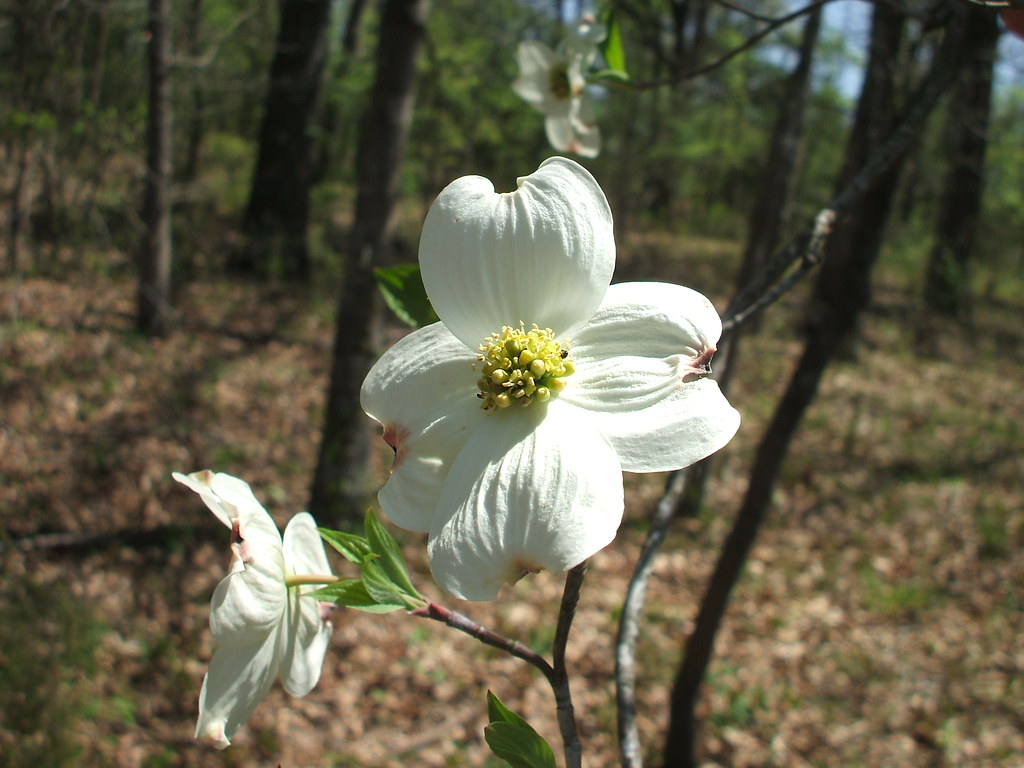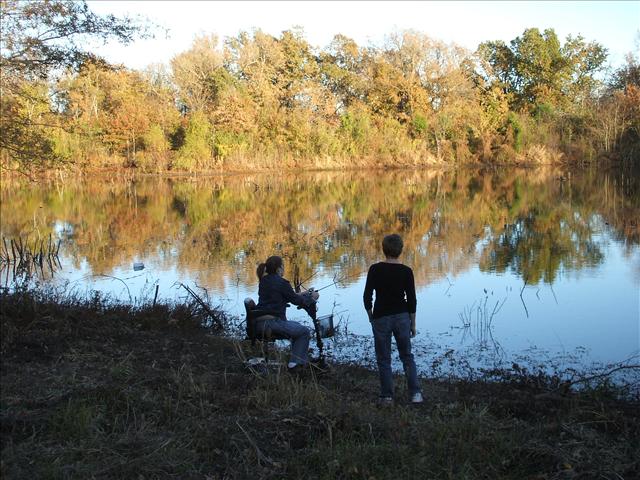Monday, April 27, 2009
Mayhaws for problem areas and tasty jelly
The mayhaw is a little known rural South secret. Jelly made from the fruit of this small tree is considered by many to be the best they have ever tasted. Three different species cover a range from east Texas across the gulf and up into the Carolinas and southern Arkansas. An excellent property of this little tree is a tolerance to flooding. How many crops, orchards, or timber producing trees can be grown on flood prone land? The choices are slim, especially if you want trees. I chose to try out 25 saplings near my pond where we did not want to plant cypress. Spring rains flood this area for 6 months out of the year. We chose native mayhaws because we are at the northern range for mayhaws. Hybrid cultivars with larger fruit and harvests are available, but may only be suitable for the deep South in zone 9. I say 'may' because the fruit is such a new commercial crop that long term tests are not complete and new varieties are coming out. Another nice aspect of this tree is that it is adaptable to many environments. It makes the best crop when planted in an orchard on well drained, fertile soil but can also grow in the understory of bottomland forest where it is found in the wild. Ours will be open grown, but with a flood prone, clay soil. I expect larger harvests than in the wild, but similar growth because of the soils. Mayhaws could be a great choice for southern woodlots by providing an edible yearly crop from areas with low site indexes because of flooding and heavy soils. A great source for more information is the Louisiana Mayhaw Association: http://www.mayhaw.org/ .
Subscribe to:
Post Comments (Atom)


No comments:
Post a Comment